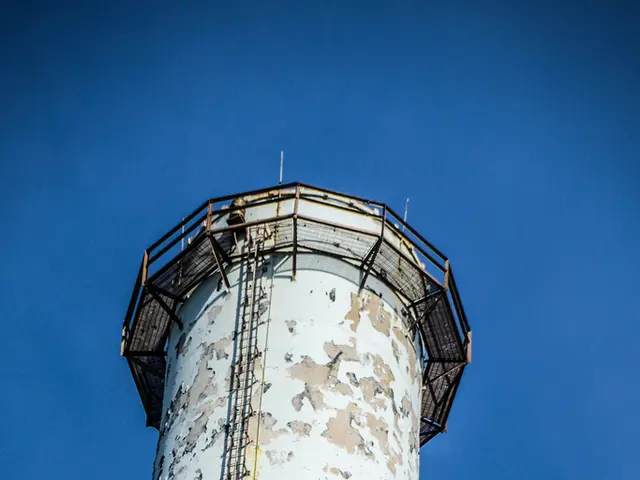Wind Power in the North: Fewer Permits but Aiming High
Decreased Approval of Wind Energy Plants in Northern Regions - Restricted number of wind turbine installations in the northern region
Wind power in the North has taken a slight step back with a reduction in permits for wind turbines. Despite this, the northernmost state issued permits for 180 new installations in 2024, a decline from the 241 installations in 2023, as revealed during the Wind Branch Day in Husum by the Schleswig-Holstein Ministry of the Environment. These installations combined held a capacity of 1.1 gigawatts.
nonetheless, Schleswig-Holstein boasts one of the quickest approval processes across Germany. While the national average duration for permit procedures remains at 23 months, approvals in the North are generally granted within 18 months, indicating a faster pace in renewable energy expansion.
In 2024, Schleswig-Holstein generated 27.3 terawatt hours of green electricity. The Ministry of the Environment currently has 348 wind turbines under consideration for permits, with a cumulative capacity of approximately two gigawatts. Besides these, 489 installations have already been granted approval and are either under construction or ready for commissioning. The state aims to produce 45 terawatt hours of land-based wind power by 2030.
The industry, however, faces challenges in the face of regulatory hurdles, local resistance, and insufficient grid capacity in various states.
"It is crucial for us to collaborate with the new federal government to establish stable framework conditions for the continued expansion of renewable energy," said Energy Transition State Secretary Joschka Knuth (Greens) while presenting the figures. He urged the federal government to maintain forward-leaning decisions and avoid regressive measures.
Germany's wind energy sector, as highlighted by the president of the Federal Association of Wind Energy, Bärbel Heidebroek, is a cornerstone of the nation's power supply. The industry stands ready to work alongside the new federal government to ensure rapid progress in renewable energy expansion, acknowledging its role in delivering independent and cost-effective energy supply.
Issues and Challenges:
- Regulatory Complexity: The wind turbine permitting process in Germany is often criticized for its complexity and length. Streamlining the process could lead to faster approvals and foster the growth of the wind energy sector.
- Local Resistance: Although essential for sustainable energy production, wind turbines face opposition due to noise pollution, visual impact, and environmental concerns. Overcoming local opposition is crucial for the successful implementation of renewable energy projects.
- Grid Capacity: Grid infrastructure in many regions, such as Schleswig-Holstein, is unable to handle the surplus energy produced by wind turbines, leading to bottlenecks and transmission issues. Enhancing grid capacity is essential for the optimum utilization of generated renewable energy.
- Planning Security: Government policies and economic factors significantly affect the planning certainty of wind energy projects. A supportive policy environment encourages investment in renewable energy infrastructure and the execution of projects.
A multi-faceted approach, involving policy support, technological innovation, and community engagement, is needed to address these challenges and ensure steady growth and stability in the wind power sector in the North. The future holds potential with projects like the Wulfshagen wind farm and solutions like the "Ruby" system, which exemplify committed efforts towards expanding renewable energy capacity and addressing grid stability and sustainability concerns.
- Collaboration between the federal government and the wind energy industry could aid in overcoming the regulatory complexity, ensuring a streamlined process that fosters the growth of the wind energy sector.
- Investments in environmental-science and technology, such as the development of noise-reducing wind turbines and environmentally friendly grid infrastructure, could help mitigate local resistance to wind power projects due to concerns about noise pollution, visual impact, and environmental harm.
- Finance and industry could support regional development by investing in energy projects, enhancing grid capacity, and providing aid for the development of the regions reliant on wind power, thereby addressing grid capacity issues and promoting planning security for wind energy projects.








